Introduction to Cell Organelles
Every living organism, from single-celled to multicellular forms, is made up of cells. These cells are the fundamental units of life, providing structure, shape, and carrying out vital functions to sustain life. Within these cells are various specialized structures known as cell organelles, each playing a crucial role in maintaining cellular activities.
What are Cell Organelles?

Cell organelles are specialized structures within cells that perform specific functions necessary for normal cellular operation. They are categorized into membrane-bound and non-membrane-bound organelles, based on whether they are enclosed by a membrane. This categorization helps in understanding their functions and the roles they play in cellular physiology.
Types of Cell Organelles and Their Functions
1. Non-Membrane-Bound Organelles:
- Ribosomes: Sites of protein synthesis, found floating freely in the cytoplasm or attached to the endoplasmic reticulum.
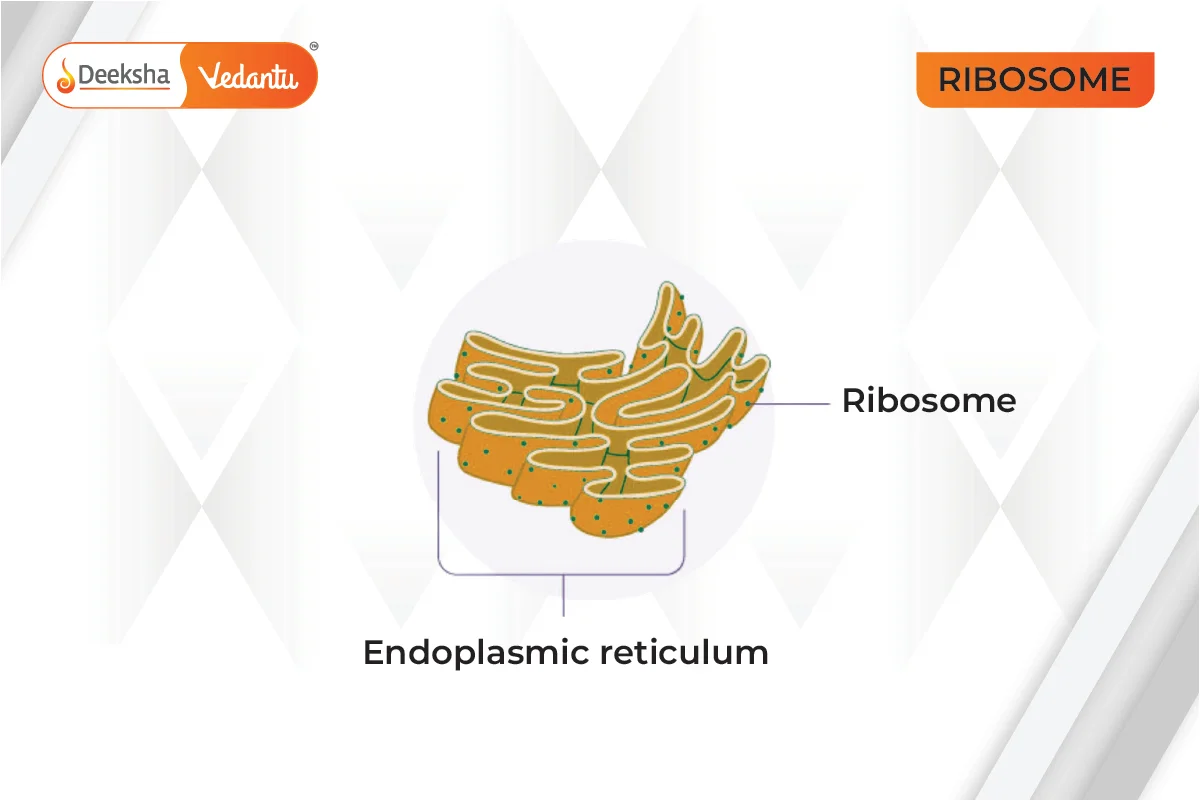
- Cytoskeleton: Provides structural support to the cell, aids in intracellular transport, and facilitates cellular movements.
- Cell Wall (in plants): Offers rigidity and protection against mechanical stress.
2. Single Membrane-Bound Organelles:
- Lysosomes: Contain enzymes that break down cellular waste and pathogens.
- Golgi Apparatus: Modifies, sorts, and packages proteins and lipids for storage or transport out of the cell.

- Endoplasmic Reticulum (ER):
- Rough ER: Studded with ribosomes; involved in protein synthesis.
- Smooth ER: Synthesizes lipids and steroids; detoxifies chemicals.
- Endoplasmic Reticulum (ER):
3. Double Membrane-Bound Organelles:
- Nucleus: Contains the cell’s DNA and is the command center for cellular activity.
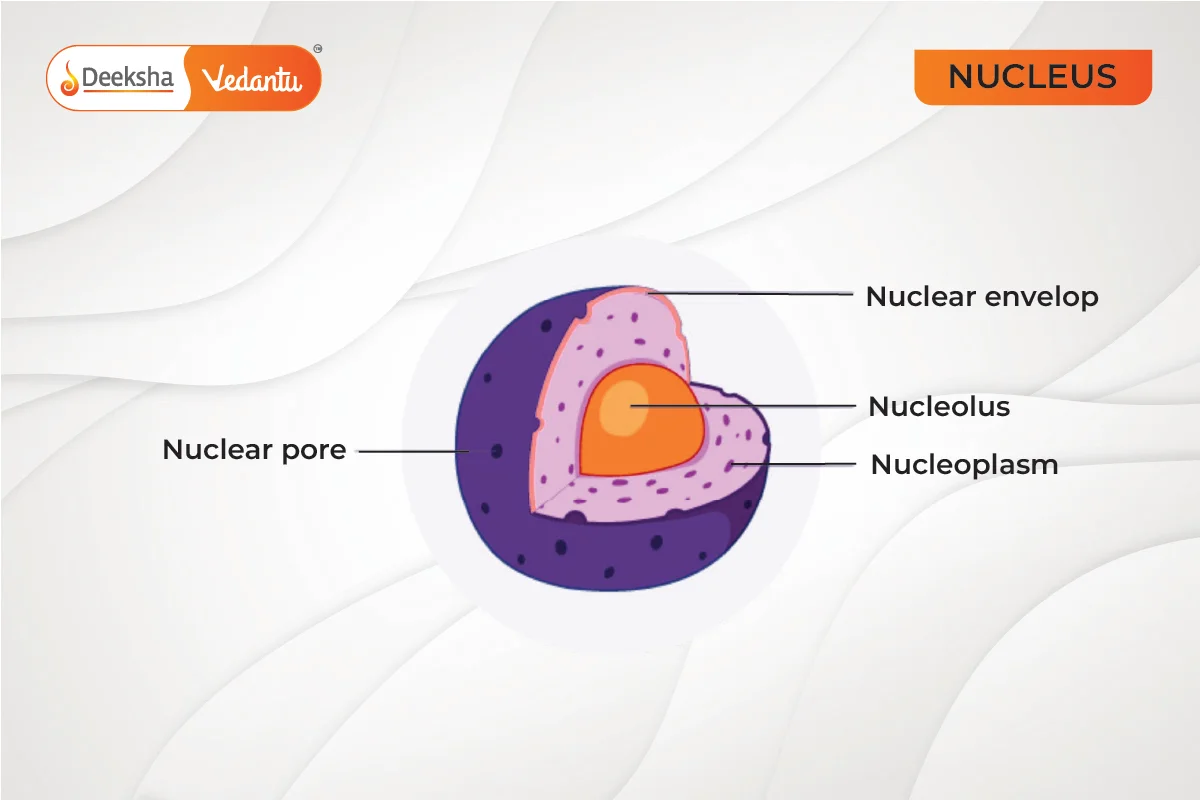
- Mitochondria: Known as the powerhouse of the cell, they generate most of the cell’s supply of ATP, used as a source of chemical energy.
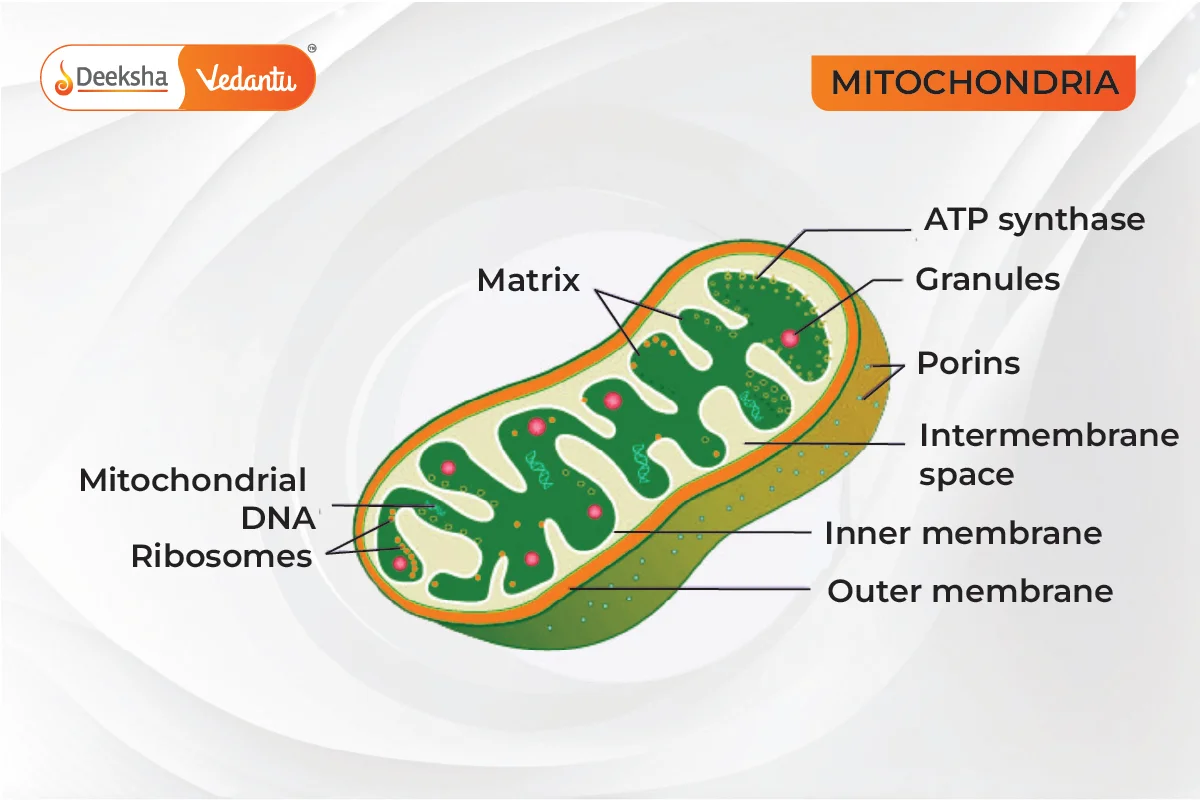
- Chloroplasts (in plants): Sites of photosynthesis, converting solar energy into chemical energy stored in glucose.
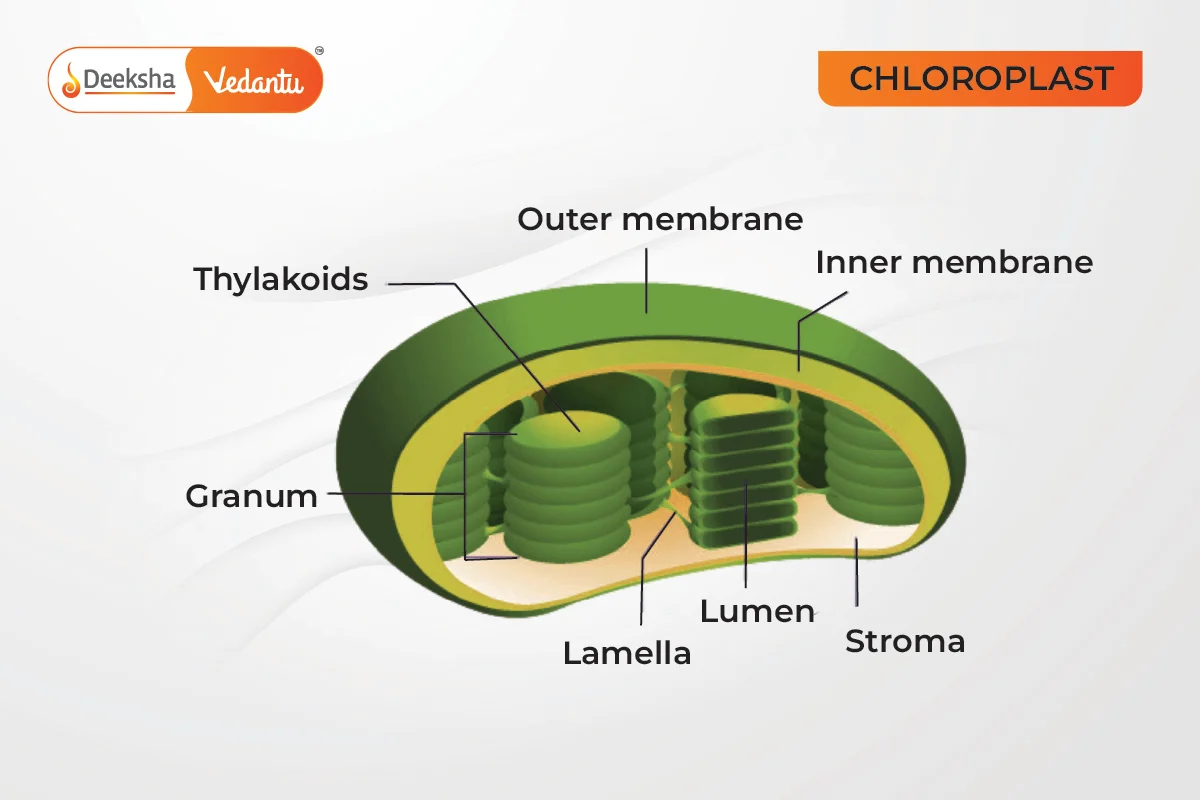
Detailed Functions of Key Cell Organelles
- Plasma Membrane: Acts as a barrier, regulating the movement of substances in and out of the cell, maintaining the cell’s internal environment.
- Cytoplasm: Jelly-like fluid that fills a cell and houses the organelles, involved in cellular processes such as metabolism.
- Nucleus: Directs cell activities and stores genetic material; involved in growth, metabolism, and reproduction.
- Mitochondria: Perform cellular respiration, taking in nutrients from the cell, breaking it down, and turning it into energy.
- Golgi Apparatus: Processes and bundles macromolecules like proteins and lipids as they are synthesized within the cell.
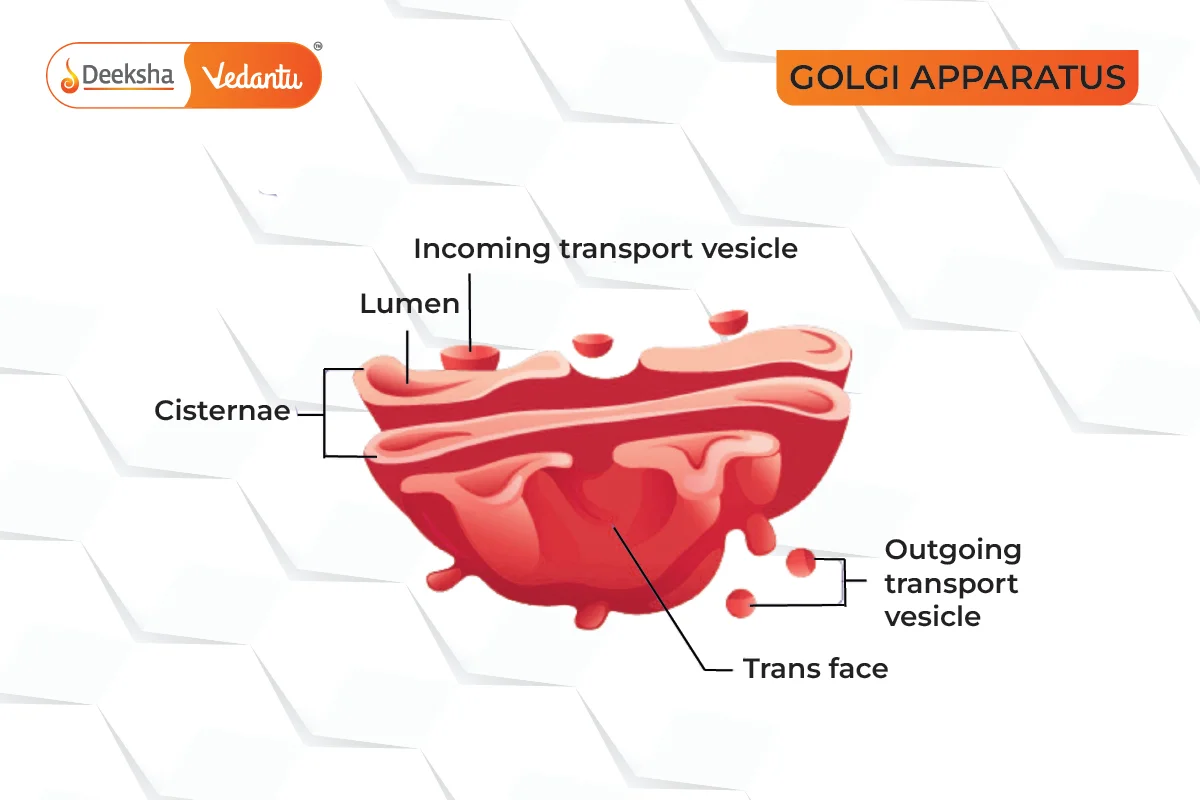
- Endoplasmic Reticulum: Serves as a manufacturing and packaging system. It plays a crucial role in the production of proteins and lipids.
Conclusion
Cell organelles are integral to the cell’s functions, each adding a layer of complexity and specialization to cellular activities. Understanding these organelles and their functions helps in grasping how life operates at a cellular level, impacting various biological processes and the overall health of an organism.
FAQs
Chloroplasts are critical for photosynthesis, where plants convert solar energy into chemical energy stored in molecules of glucose.
Rough ER has ribosomes on its surface and is involved in protein synthesis, while smooth ER is involved in lipid synthesis and does not have ribosomes.
Ribosomes are essential for protein synthesis. They read the genetic instructions to build proteins from amino acids.
Mitochondria generate energy through the process of cellular respiration, converting nutrients into ATP, a molecule that powers cellular functions.
The nucleus functions as the control center of the cell, housing genetic material (DNA) and coordinating activities like growth, metabolism, and reproduction.







Get Social